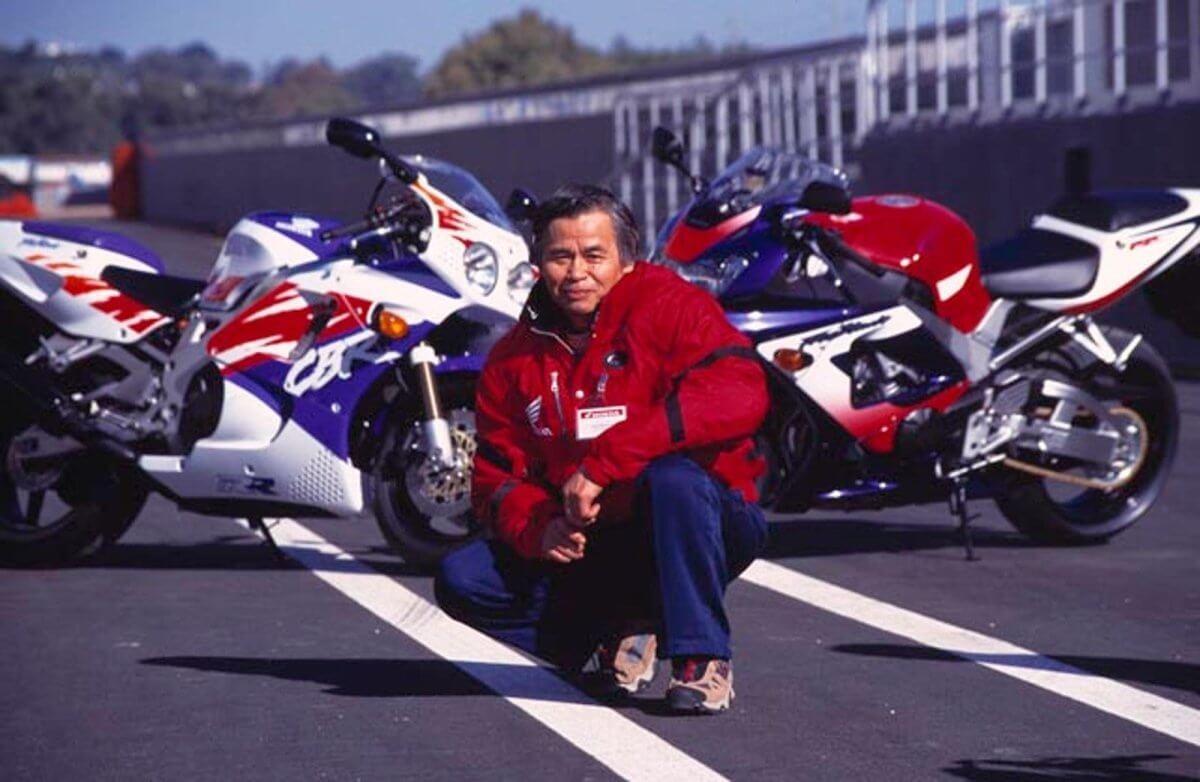The Face of Modern Superbikes: HONDA CBR900RR (1992 – 2003)

The bike that defined the face of modern sportbikes was none other than the 1992 Honda CBR900RR (called Fireblade in some countries). It represented what a sportbike should be: Light, agile, fun.

Honda had been working on a 750cc model during that time, as a tie-in to their World Superbike racing program, called the CBR750RR. The 750cc model had in fact been in advanced stages of development and testing.
But despite Honda’s “win on Sunday, sell on Monday” philosophy, project leader and designer Tadao Baba argued his case for a sub-900cc machinery as he believed the bike will sell well if the bike is better than everything else in the market. It could’ve been a gamble which turned up a bad hand since the ‘Blade couldn’t qualify for any production-based racing, but he prevailed and the ‘Blade featured an 893cc engine. The capacity was increased by increasing the stroke of the 750cc engine and produced 122 bhp @ 10,500 RPM.
However, contrary to popular belief, the CBR900RR’s design brief had never been about stratospheric power to gain a performance advantage. It was weight. More specifically, less weight. Even more technically, high power-to-weight ratio.
Baba and team designed the CBR900RR by using the latest computer technology toward weight saving. A supermodel should learn something from these guys about losing weight as they approached it with a fanatical tenacity.
Bear in mind that exotic materials such as carbon fiber, Kevlar and magnesium were still years away from production models.
The result was a bike which had many “open holes.” If you could still find a 1992 CBR900RR, look inside the fairing and you could see many voids. While it’s a norm nowadays, the CBR900RR was the bike which exhibited such a design.
The numbers don’t lie. Baba ended up with a bike that weight only 408 lb. (185 kg) dry and 453 lb. (205 kg) ready to to. That’s 4 lb. (2 kg) heavier than Honda’s own CBR600RR F2.

The lightest 750cc in 1992 was the Suzuki GSX-R750(WN). It produced 118 bhp (not that far off from the ‘Blade) but it weighed 456 pounds dry. That’s still heavier than the ‘Blade’s wet weight.
Up the scale, the lightest 1000cc sportbike was the Yamaha FZR1000 “EXUP.” The 1992 model was no slouch by any mean, since its 5-valve per cylinder engine pumped out a still-impressive 145 bhp. It weighed in at 460 lb. dry (209 kg), 520 lb. (236 kg) wet.
If the CBR900RR was Flo-Jo, other sportbikes were Roseanne Barr.
Sadao Baba was right, the CBR900RR became an instant hit and wiped the floor with its competition. In fact, sales for the once popular Yamaha FZR1000 got so bad they stopped producing from 1996. They had to wait until 1998 with the introduction of the YZF-R1 in 1998.
